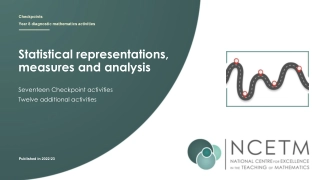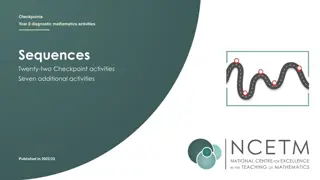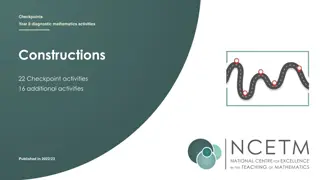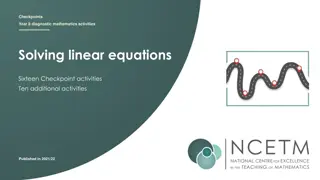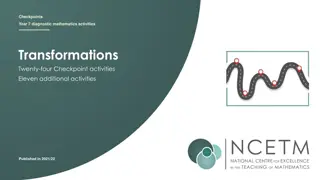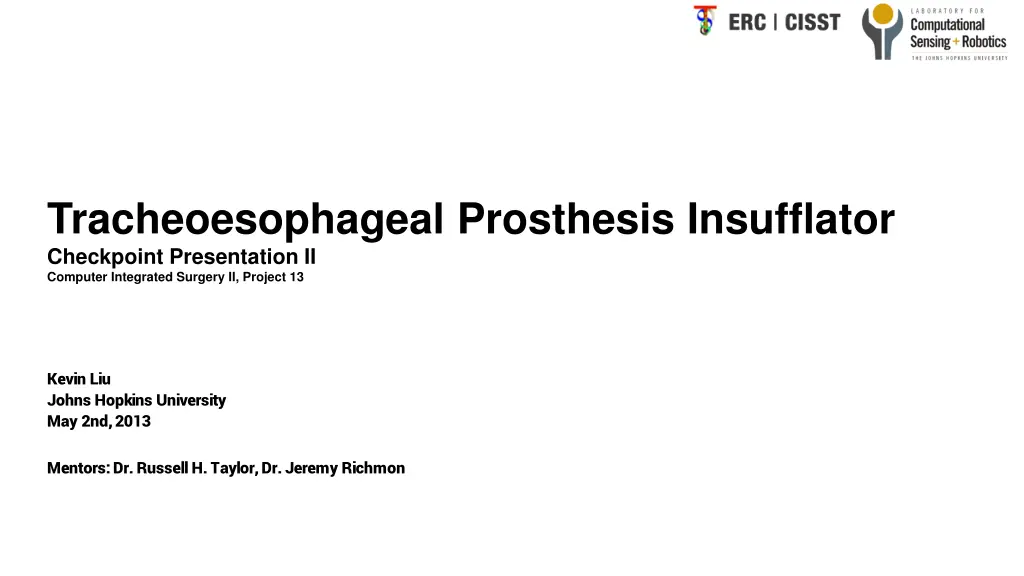
Tracheoesophageal Prosthesis Insufflator Project at Johns Hopkins University 2013 - Overview and Progress Update
"Get insights into the development of a portable insufflator for tracheoesophageal prosthesis at Johns Hopkins University in 2013. Explore project mission, deliverables status, progress on components, challenges faced, and revised schedule overview."
Download Presentation

Please find below an Image/Link to download the presentation.
The content on the website is provided AS IS for your information and personal use only. It may not be sold, licensed, or shared on other websites without obtaining consent from the author. If you encounter any issues during the download, it is possible that the publisher has removed the file from their server.
You are allowed to download the files provided on this website for personal or commercial use, subject to the condition that they are used lawfully. All files are the property of their respective owners.
The content on the website is provided AS IS for your information and personal use only. It may not be sold, licensed, or shared on other websites without obtaining consent from the author.
E N D
Presentation Transcript
Tracheoesophageal Prosthesis Insufflator Checkpoint Presentation II Computer Integrated Surgery II, Project 13 Kevin Liu Johns Hopkins University May 2nd, 2013 Mentors: Dr. Russell H. Taylor, Dr. Jeremy Richmon
Overview -- Summary -- Status of Deliverables -- Progress -- Updated Schedule -- Status on Dependencies -- Questions
Project Mission - Develop a portable insufflator that will deliver air through the TEP so that patient can circumvent direct blockage of stoma
Deliverables: Status CAD/Pad sketch of components: Done/Done Rough prototype of insufflator: Done Minimum Improved prototype with custom-built parts: Delayed to 5/6 Testing of device: Delayed Expected Polish into sell-able condition: On track World domination: Silly Idea Maximum
Progress: RP Parts Silicone hose TEP chamber
Progress: RP Parts Quick-Detach: Separated Male: To TEP Red: Male End Twist Male CW to lock Female: To CO2 Quick-Detach: Cross Section
Progress: TEP Device CO2 source assembly Pressure Regulator Valve CO2 source/Trigger Medical-Grade Silicone Tubing
Progress: TEP Device Video
Progress: TEP Device Unexpected Encounters: AIRTIGHT SEALS: Air will find path of least resistance, which is usually the joints, and leak PUSH BUTTON VALVE: May need to be circumvented due to above reason CANISTER LIFE SPAN: A single 16g CO2 cartridge lasts shorter than expected. Begin debate of bigger canister against portability. PRESSURE VALUES: According to Dr. Richmon, pressure through TEP is ~20 mmH2O, or ~0.3 PSI. Smallest found commercial valve is 0-5 PSI.
Previous Schedule Design Sketch Material Acquisition Initial Prototype Rapid Prototyping Testing Revisions 28-Feb 7-Mar 14-Mar 21-Mar 28-Mar 4-Apr 11-Apr 18-Apr 25-Apr 2-May
Dependencies Reason for dependency Dependency TEP device Impact No interface Resolution Resolved Alternative N/A Output tubing interface Costs, qualifications Ethics Rapid Prototyping Less streamlined design Cannot test device Expected 5/6 Do without Voluntary Patient testing Considering Alternative Perform on model
Questions? Be even more gentle.

